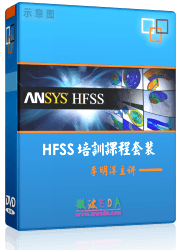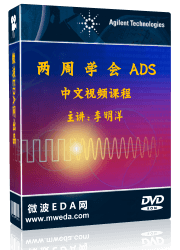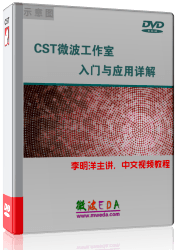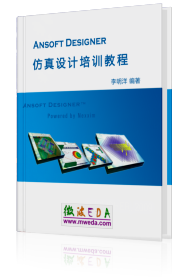Excitation Signal
 Simulation:
Sources and Loads Simulation:
Sources and Loads Signal Signal New Excitation Signal New Excitation Signal
This dialog offers the possibility of defining a new excitation signal
in form of an excitation
function.
Name and type definition
The Signal name
is either generated automatically or user-defined. It can be modified
on defining a new signal. To rename an already existing signal, use the
Rename option in the respective context menu.
The Signal type
drop-down list offers a variety of excitation
functions each of which can be chosen to define the signal. You can
choose between pre-defined excitation functions (Gaussian shaped, rectangular
shaped, double exponential, sine step, smooth step as common functions
and sine function heavyside step, polynomial step, exponential step or
constant as low frequency functions) or as a freely editable VBA-based
user-defined excitation function. Alternatively, it is also possible to
import an ASCII file containing signal data points. Further information
concerning the available signal types can be found here.
Note:
A user defined excitation function must first be edited inside the integrated
VBA-editor. The related VBA-macro is created and opened by the editor
via the Edit... button. After
finishing the editing process, please make sure that the VBA-macro is
saved to file.
To import a table
with signal data points, use the Browse...
button and select a text file with a two-column signal description, where
the first column represents the time values in seconds. Please note that
you have to activate the Import signal
type to enable this functionality.
Imported
and user defined signals are always
interpreted in the unit seconds.
Signal settings
In this frame the details for the chosen function
type can be specified.
Fmin
/ Fmax: Frequency interval for the Gaussian shaped excitation function.
Ttotal
/ Trise / Thold / Tfall: Timing definitions for the rectangular
excitation function.
Ttotal
/ Trise / Arise [%]: Duration, rise time, and rise amplitude (in
per cent notation) settings for the smooth step functions.
Ttotal
/ Phase / Frequency / Trise: Duration, phase, frequency and rise
time settings for the Sine step functions.
Ttotal
/ Voffset / Frequency: Duration, vertical offset and frequency
settings for the sine excitation function (only available for low frequency
excitation signals).
Ttotal
/ Astart / Aend / Cexp: Duration, start amplitude, end amplitude
and exponential constant settings for the exponential step function (only
available for low frequency excitation signals).
Ttotal:
Total time for the definition of the user defined excitation function.
Ttotal
/ Trise / Thold / Tfall / Tperiod / Amplitude / Offset: Timing
definitions for the trapezoidal excitation function.
Frequency:
Frequency setting for the Impulse function.
Min.
samples: Minimum number of samples to be generated for the user
defined excitation function. This number should be a positive one and
smaller (for algorithmic reason) than 30000.
Periodic
signal: Check this to apply an Imported ASCII table periodically.
OK
Accepts your settings and leaves the dialog
box.
Apply
Performs your setting, without closing the dialog
box so that you can preview your signal or enter another time signal.
Cancel
Closes this dialog box without performing any
further action.
Help
Shows this help text.
See also
Excitation
Functions, Excitation
Signal View, Excitation
Signal Library




HFSS视频教程
ADS视频教程
CST视频教程
Ansoft Designer 中文教程
|